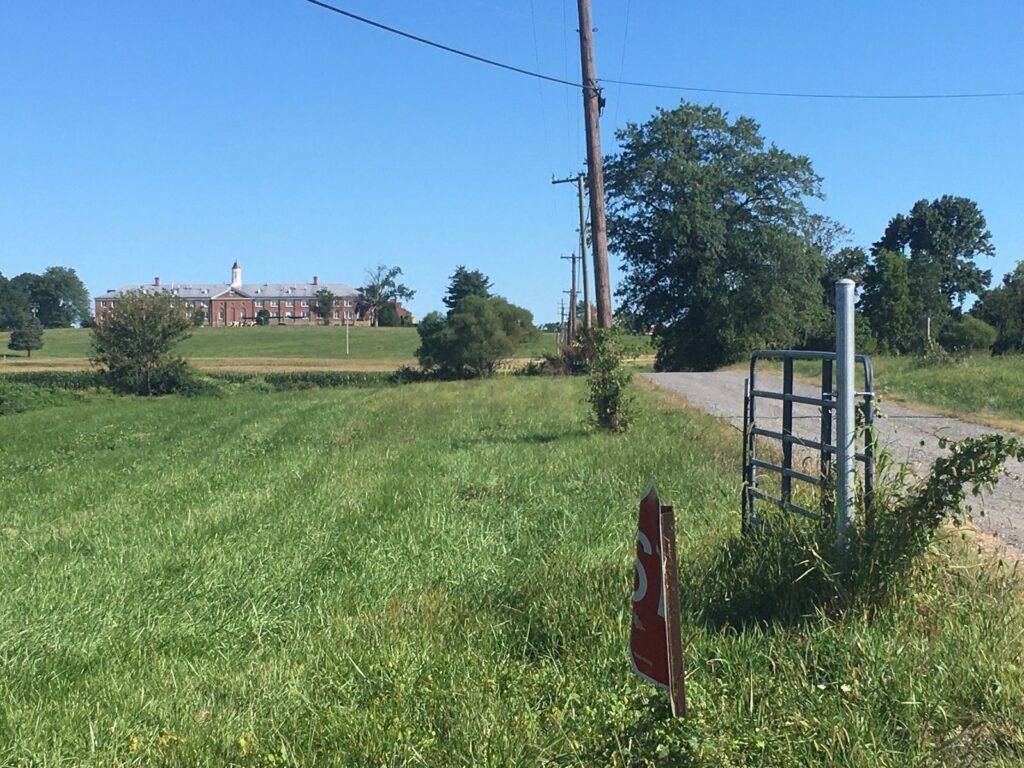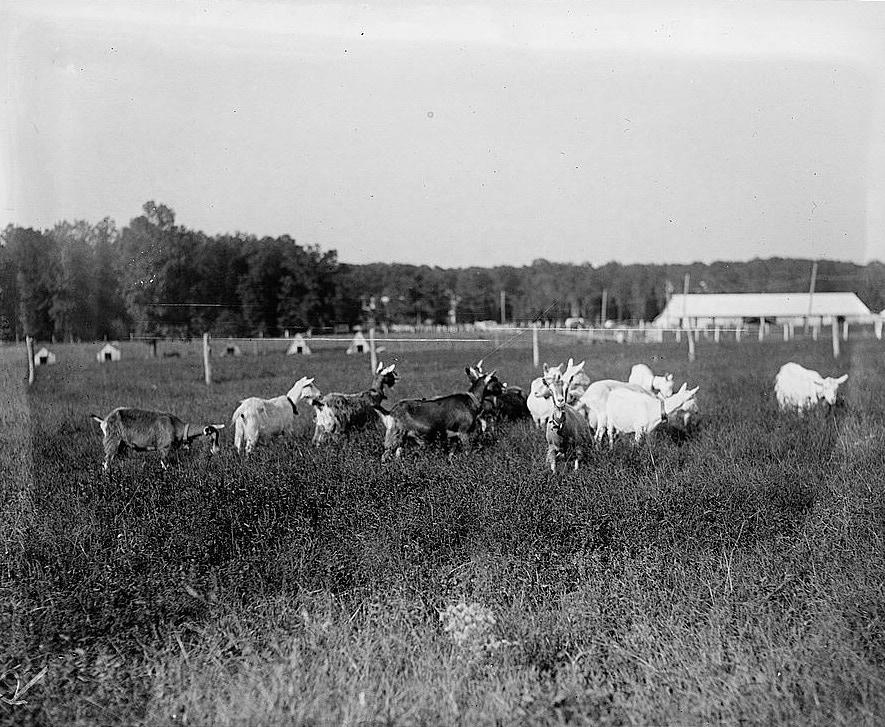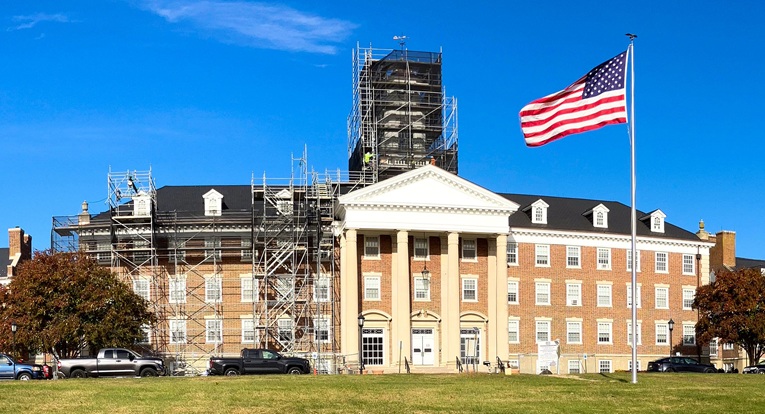Greenbelt and the Beltsville Agricultural Research Center (BARC) are inextricably linked. It’s no coincidence that they are neighbors. The presence of BARC was a key factor in the selection in 1935 of a site for the new town. The prospect was first raised on a visit to BARC in February 1935 by Rexford Tugwell, then Undersecretary of Agriculture (and soon to become chief of the Resettlement Administration), John Lansill, whom Tugwell appointed to direct the Division of Suburban Resettlement which oversaw the national Greenbelt Town Program, and Wallace Richards, who became the coordinator of the Greenbelt project (originally known as the Berwyn project or Maryland Special Project No. 1). According to a February 1938 U.S. Department of Agriculture (USDA) report ‒ Summary Description of the Greenbelt Project at Greenbelt, Prince George’s County, Maryland, USDA Farm Security Administration, Division of Suburban Resettlement (held in the Greenbelt collection at the National Archives in College Park) ‒ there was land adjacent to BARC that had become “seriously run-down” but was “scenically attractive” and suitable for construction of a complete community. The site offered “economy in building costs,” and there was a “plentiful supply of relief labor” available in the area and urgently in need of employment. Selection of the site offered both an opportunity to expand the land base of the research center and to provide housing accommodation for its staff. The report stated: “Greenbelt is an important feature in the development of the National Agricultural Research Center, which, it is expected, will eventually become the largest Agricultural Research Center in the world.” Of course, proximity to Washington, D.C., was also a consideration in selection of the site for Greenbelt, although Tugwell and Lansill had concerns that the site was too close to Washington scrutiny; Richards saw that as a minor disadvantage compared to the unique opportunity of establishing a “housing lab” in conjunction with the agricultural research center.
By mid-March of 1935, acquisition of land for the Greenbelt project was underway, guided by the basic objective for the Greenbelt Town Program “to obtain a large tract of land, and thus avoid the complications ordinarily due to diverse ownerships.” Most of the land was optioned by the Land Utilization Division of the Federal Emergency Relief Administration and the Subsistence Homestead Division of the U.S. Department of the Interior (DOI), with the newly created Resettlement Administration inheriting that land and adding to it. Nearly 12,200 acres had been purchased by September 1935 of which only about 4,000 acres was to be devoted to the Greenbelt Project. The remaining roughly 8,200 acres were turned over to BARC, which had already grown to roughly 5,500 acres since its establishment in 1910, when USDA purchased the 475-acre Walnut Grange property. The land transferred was “for the use of the Bureau of Animal Industry, Bureau of Dairy Industry, Experimental Forestry, Plant Industry, Biological Survey and Soil Conservation.”
An early outcome was use of 2,670 acres to create the Patuxent Research Refuge (now under DOI), which President Franklin Roosevelt established through executive order in 1936. Over the past 90 years, other federal agencies have built facilities on land acquired under the auspices of the Greenbelt Project and given to BARC, including NASA, the Food and Drug Administration, Secret Service and State Department. These land transfers brought BARC down to its current size of approximately 6,500 acres.
Additional information on Greenbelt’s origins and early history can be found online or in books available in the Greenbelt Library’s Tugwell Room, including The New Deal in the Suburbs: A History of the Greenbelt Town Program, 1935-1954 by J.L. Arnold (1971, Ohio University Press); Greenbelt: History of a New Town, 1937-1987 (M.L. Williamson, editor; 1987, The Donning Company/Publishers); and Greenbelt, Maryland: A Living Legacy of the New Deal by Cathy Knepper (2001, Johns Hopkins University Press).





